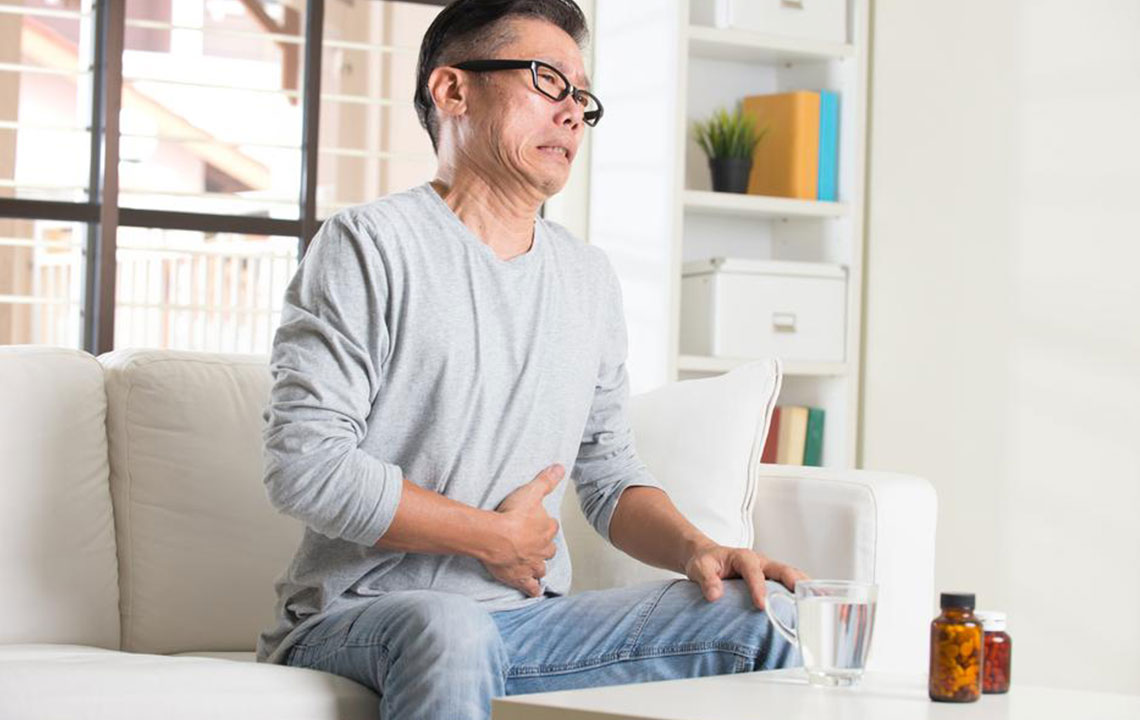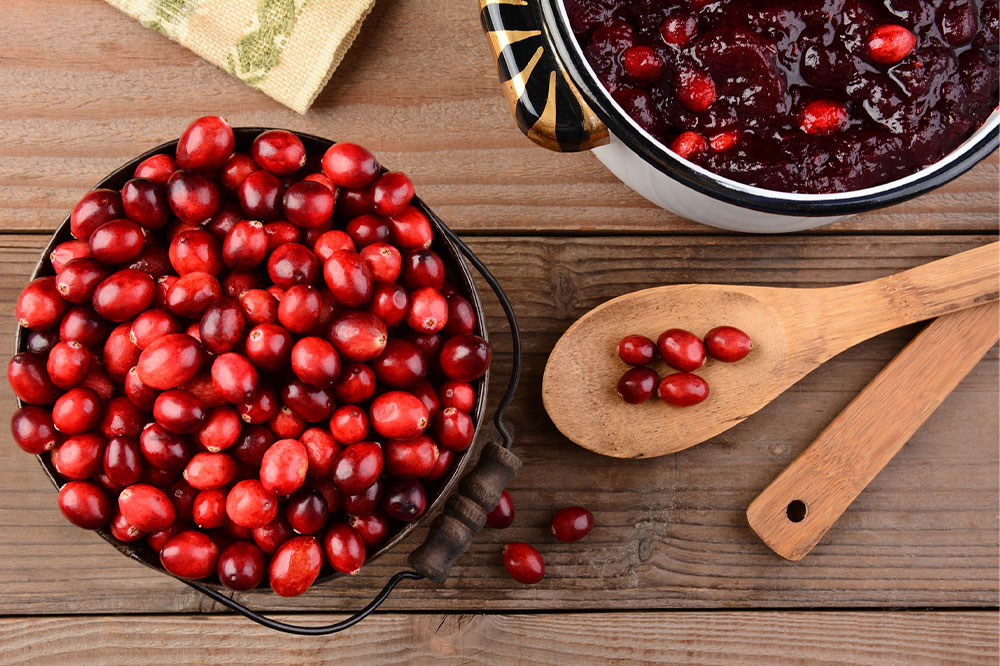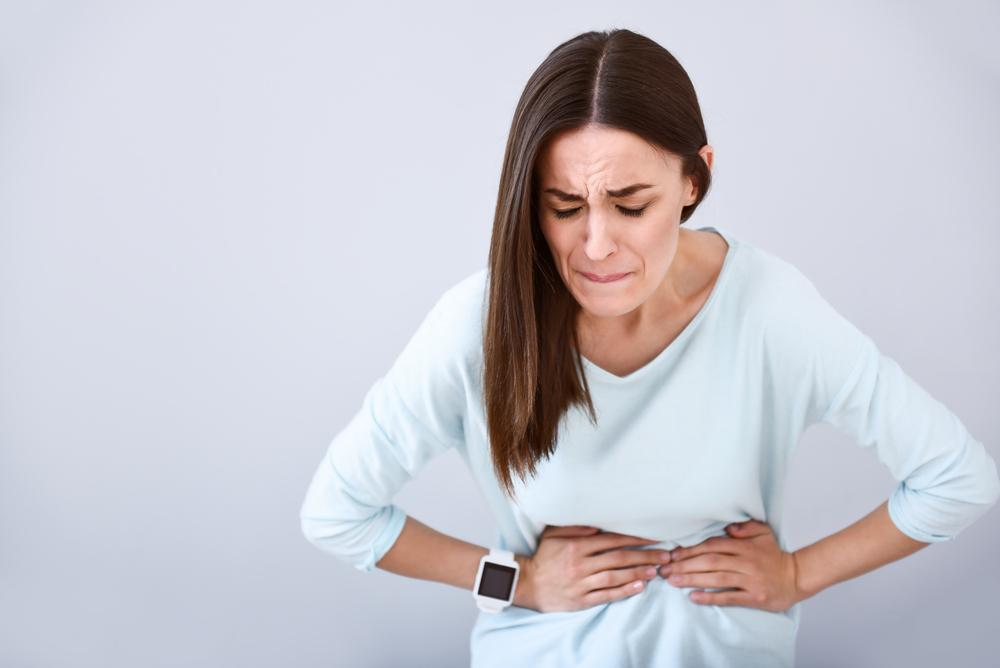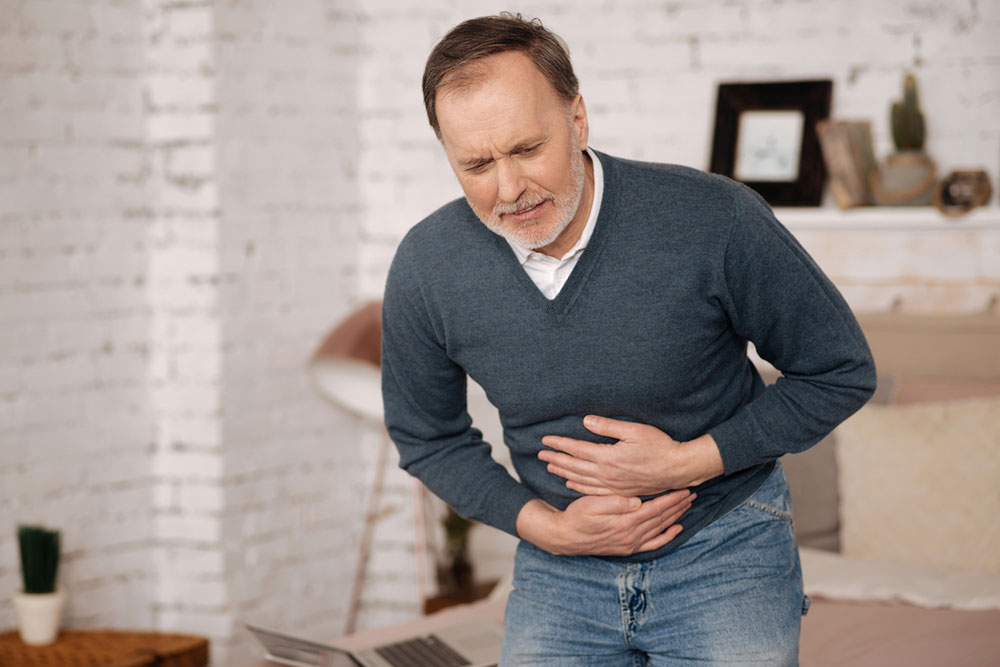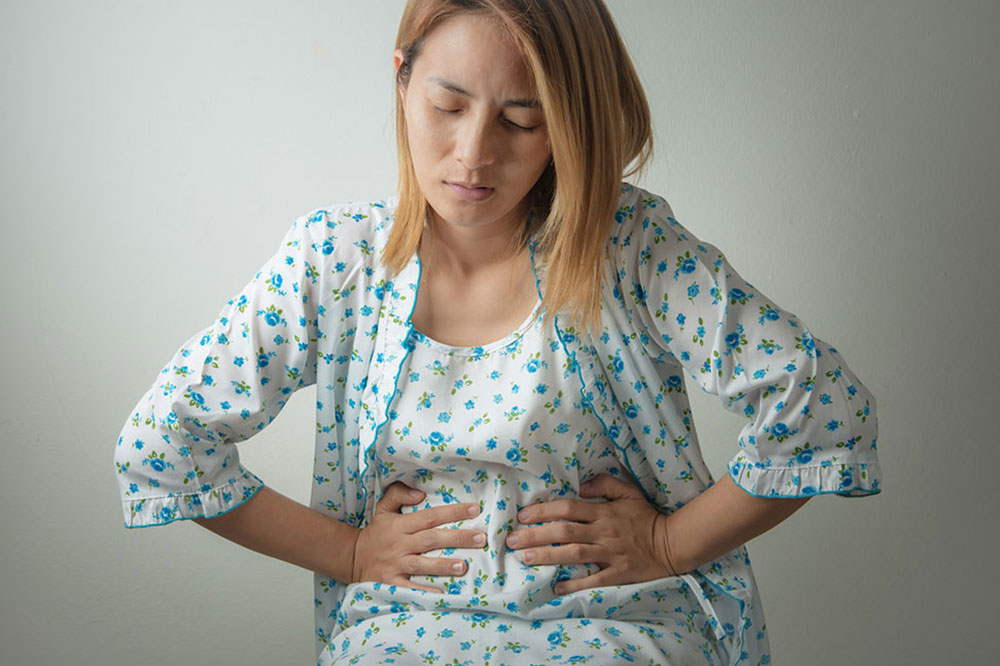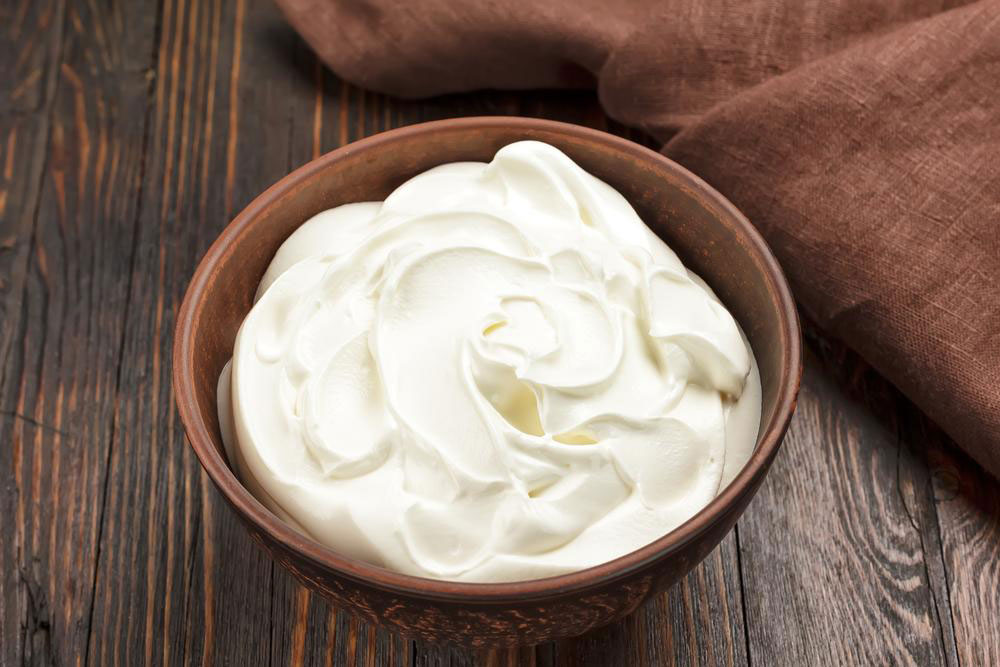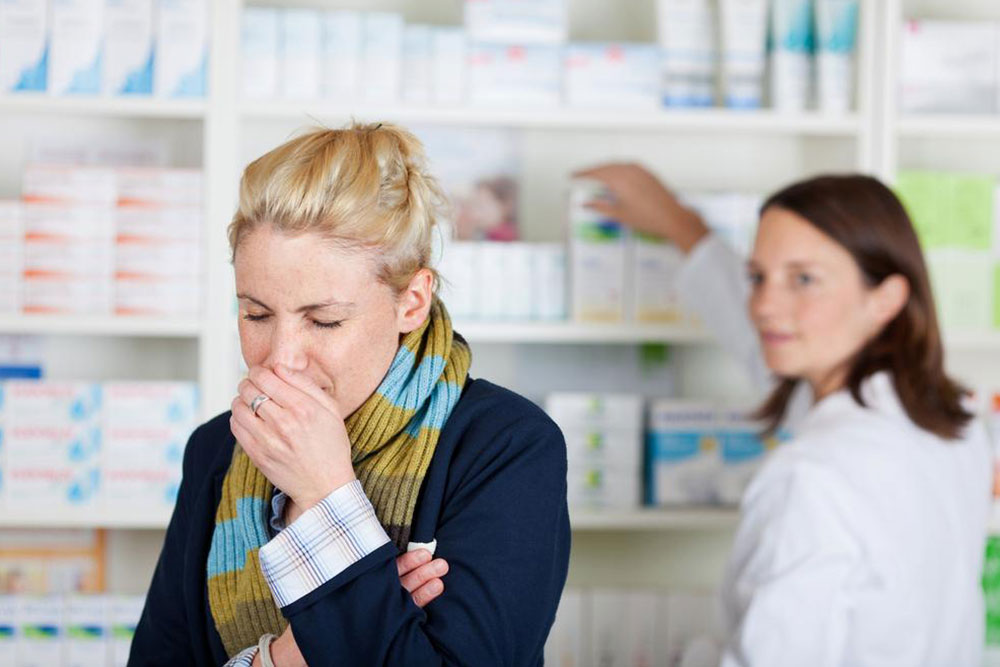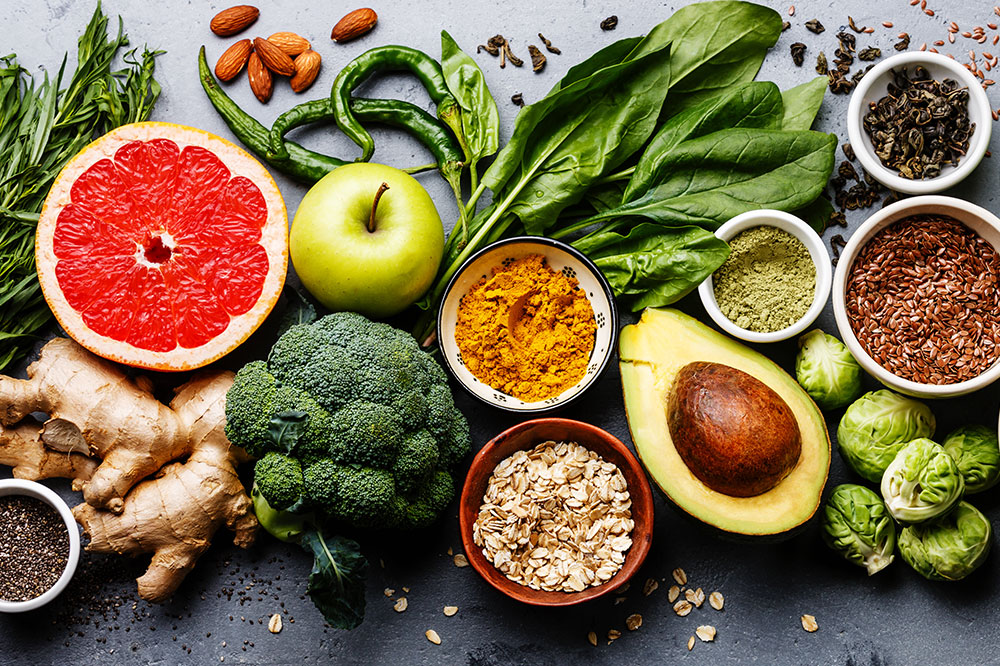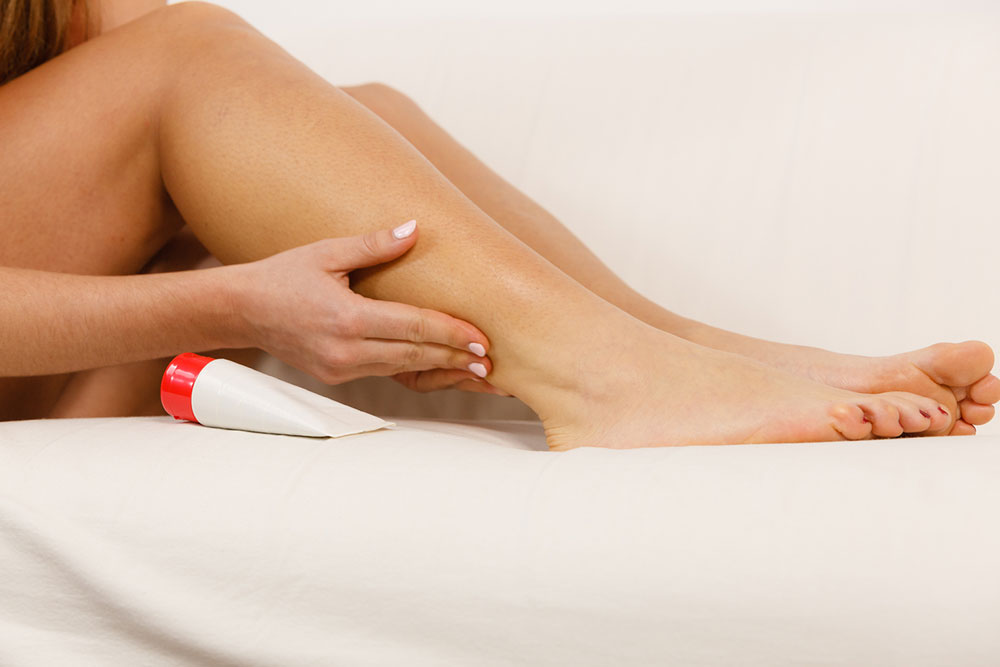Understanding Overactive Bladder: Causes, Symptoms, and Treatment Options
Overactive bladder (OAB) causes sudden urges to urinate, often leading to leaks and discomfort. Factors include nerve issues, infections, obstructions, pregnancy, and menopause. Symptoms encompass frequent urination and urgency. Treatment options range from behavioral strategies like bladder training and pelvic exercises to medications, Botox injections, nerve stimulation, and surgery. Lifestyle modifications such as weight management and reducing caffeine also help prevent or manage OAB. Early diagnosis and tailored treatment plans significantly improve quality of life, reducing social embarrassment and associated stigma.
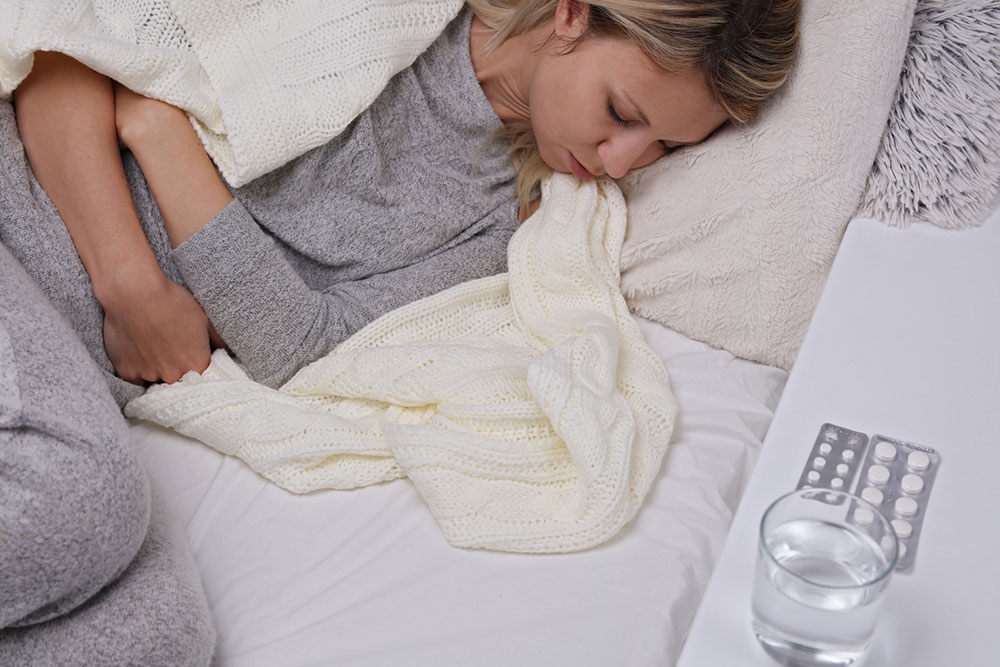
Understanding Overactive Bladder: Causes, Symptoms, and Treatment Options
Overactive bladder (OAB) is a condition marked by a sudden, uncontrollable urge to urinate, often leading to involuntary urine leakage, known as urge incontinence. Beyond discomfort, it can cause social embarrassment for those affected. Maintaining healthy bladder function depends on a well-functioning urinary tract and proper communication between nerves and bladder muscles. Disruptions or damage can cause involuntary bladder contractions, which manifest as OAB symptoms.
Causes of Overactive Bladder
While pinpointing exact causes can be challenging, doctors associate OAB with several factors:
Nerve-related conditions: Disorders such as Parkinson’s disease, strokes, and multiple sclerosis interfere with nerve signals to the bladder, causing incontinence.
Nerve injury: Damage from spinal, pelvic, or abdominal injuries, or following surgeries, can impair bladder nerve function.
Urinary infections: Infections inflame the bladder wall, making it overactive and leading to urgency and leaks.
Medications: Certain drugs, like diuretics or caffeine pills, increase bladder activity as side effects.
Obstructions: Enlarged prostate, tumors, or bladder stones can block urinary flow, triggering OAB symptoms.
Pregnancy and menopause: Uterine expansion increases pressure on the bladder during pregnancy, and hormonal changes weaken bladder muscles during menopause.
Symptoms of OAB
OAB symptoms are categorized as dry or wet. Dry OAB involves frequent urges without leakage, while wet OAB includes leakage alongside urges. Common signs include:
Sudden urge to urinate
Involuntary urine leaks
Frequent urination, more than 8-10 times daily
Nocturia, or waking at night to urinate
Burning sensation during urination if infected
Treatment Approaches
Though common in older adults, OAB is not a natural part of aging. Accurate diagnosis helps determine its cause, guiding effective treatment options:
Behavioral techniques: Non-invasive and side-effect-free methods like bladder training and scheduled toilet trips can help manage symptoms.
Pelvic floor exercises: Kegel exercises strengthen pelvic muscles, improving bladder control.
Weight management: Maintaining a healthy weight reduces pressure on the bladder.
Intermittent catheterization: Using a catheter to empty the bladder may be advised under medical supervision.
Absorbent pads: Prevent leakage embarrassment with protective pads.
Medications: Drugs relaxing bladder muscles alleviate symptoms but may cause dry mouth or eyes.
Injections: Botox injections temporarily paralyze overactive bladder muscles.
Nerve stimulation: Surgical procedures stimulate nerves to improve bladder control.
Surgical options: When other treatments fail, surgery may be performed to reconstruct or augment bladder function.
Adopting healthy lifestyle choices can lower OAB risk, including maintaining a balanced weight, regular exercise, reducing caffeine intake, quitting smoking and alcohol, and strengthening pelvic muscles.
Identifying OAB causes early and seeking appropriate treatment can greatly improve quality of life, reducing social stigma and isolation associated with this condition.

